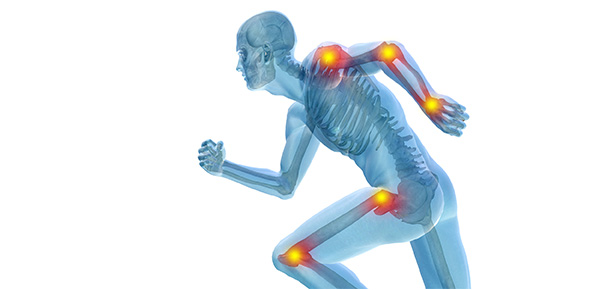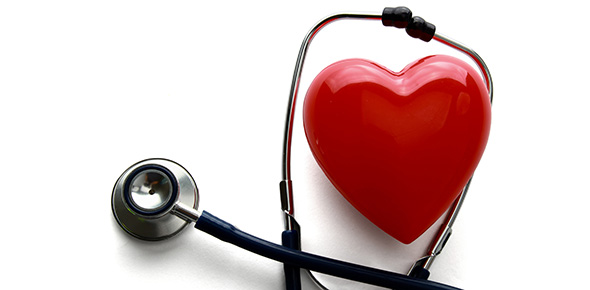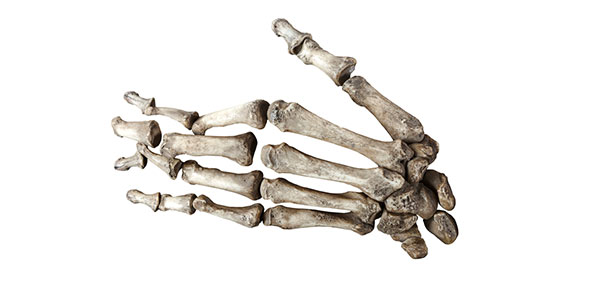Related Flashcards
Related Topics
Cards In This Set
| Front | Back |
|
Auscultation
|
Physical examination method of listening to sounds within the body with a stethoscope (e.g., ~ of the chest for heart and lung sounds)
|
|
Gallop
|
Abnormal heart sound that mimics the gait of a horse; related to abnormal ventricular contraction
|
|
Electrocardiogram (ECG or EKG)
|
An electrical picture of the heart represented by positive and negative deflections on a graph labeled with the letters P, Q, R, S, and T, which correspond to events of the cardiac cycle
|
|
Stress electrocardiogram
|
Electrocardiogram of the heart recorded during the induction of controlled physical exercise using a treadmill or ergometer (bicycle); useful in detecting heart conditions (e.g., ischemia or infarction)
|
|
Holter ambulatory monitor
|
Portable electrocardiograph worn by the patient that monitors electrical activity of the heart over 24 hours; useful in detecting periodic abnormalities
|
|
Intracardiac electrophysiological study (EPS)
|
Invasive procedure involving placement of catheter-guided electrodes within the heart to evaluate and map the electrical conduction of cardiac arrhythmias; intracardiac catheter ablation may be performed at the same time to treat the arrhythmia
|
|
Intracardiac catheter ablation
|
Use of radiofrequency waves sent through a catheter within the heart to treat arrhythmias by selectively destroying myocardial tissue at sites that generate abnormal electrical pathways
|
|
Magnetic resonance angiography (MRA)
|
Magnetic resonance imaging of the heart and blood vessels for evaluation of pathology
|
|
Nuclear medicine imaging
|
Radionuclide organ imaging of the heart after administration of radioactive isotopes to visualize structures and to analyze functions
|
|
Myocardial radionuclide perfusion scan
|
Scan of the heart made after an intravenous (IV) injection of an isotope (e.g., thallium) as it is absorbed by myocardial cells in proportion to blood flow throughout the heart; useful in evaluating coronary artery disease (CAD)
|
|
Myocardial radionuclide perfusion stress scan
|
Nuclear perfusion scan of the heart that is made before and after the induction of controlled physical exercise (treadmill or bicycle) or a pharmaceutical agent that produces the effect of exercise stress in patients who are unable to ambulate
|
|
Multiple-gated acquisition (MUGA) scan
|
Nuclear image of the beating heart in motion made as radioactive isotopes are injected in the bloodstream and traced through the heart's chambers; useful in evaluating the pumping function of the ventricles
|
|
Positron-emission tomography (PET) scan of the heart
|
Use of specialized nuclear isotopes and computed tomographic techniques to produce perfusion (blood flow) images and to study the cellular metabolism of the heart; can be performed at rest or with stress
|
|
Radiology
|
X-ray imaging
|
|
Angiography
|
Process of x-ray imaging a blood vessel after injection of contrast medium, most commonly after catheter placement
|








